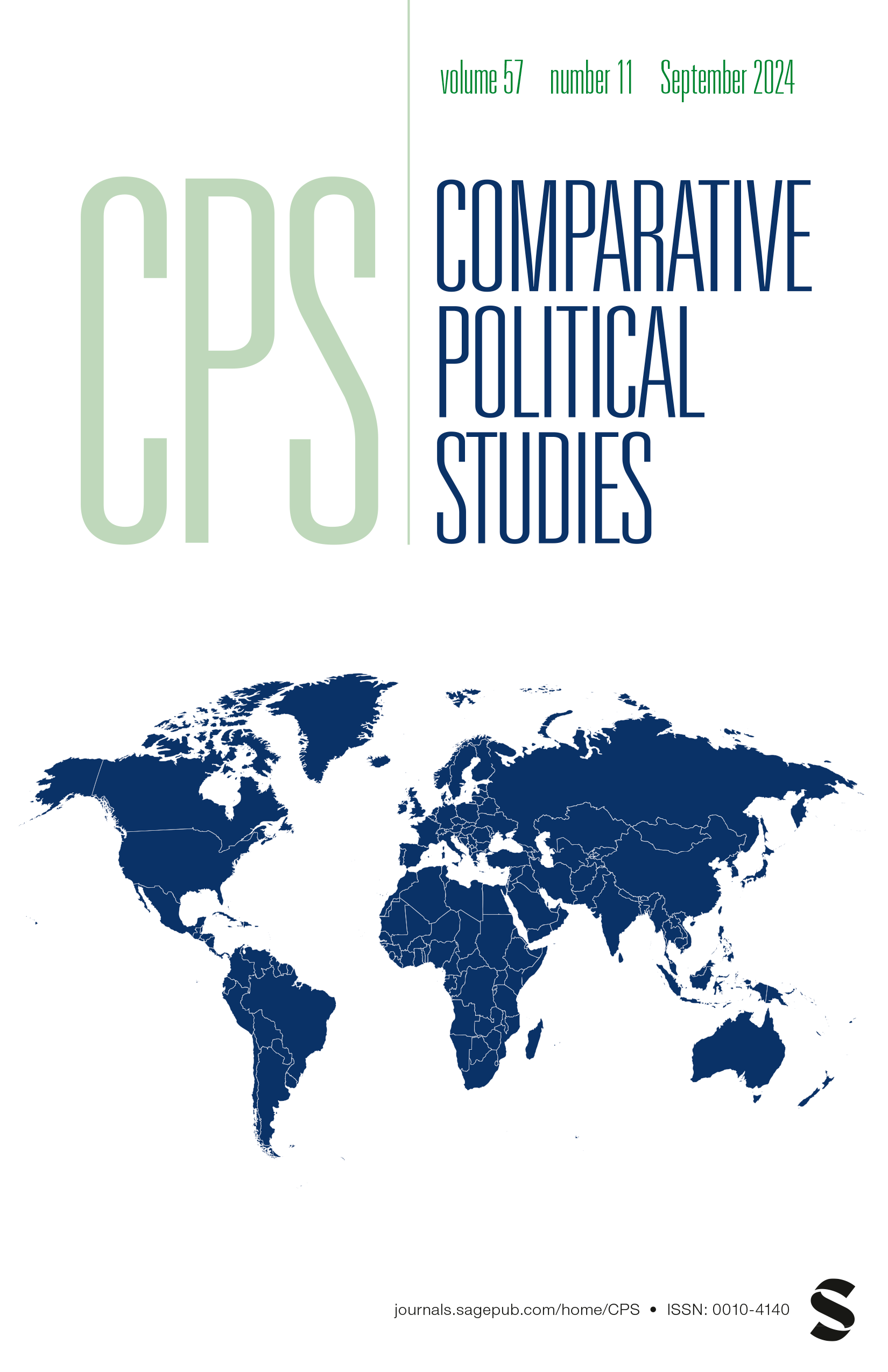Guillén, A. M., Jessoula, M., Matsaganis, M., Branco, R., & Pavolini, E. (2022). Southern European welfare systems in transition. in Mediterranean Capitalism Revisited. One Model, Different Trajectories, Cornell University Press. [Link]
From the chapter
“The idea that a distinct Southern European (SE) welfare model exists within European social protection systems was developed in the 1990s. Ferrera’s (1996) seminal article argued that SE countries shared several common traits with respect to both their welfare state architectures and welfare regime configurations. As for the welfare state, the first common trait relates to an institutional structure that has been evolving from a typical Bismarckian occupational approach to a mixed model with the development of Beveridgean universalistic health care systems (or, at least, moving toward universalism) since the 1980s—this coming with an increased role of general revenues in welfare state financing. The second common trait has to do with a highly fragmented corporatist income maintenance system, displaying marked internal polarization along the distributional (i.e., across social groups) and functional (i.e., across welfare sectors) dimensions. Peaks of generosity in the fields of pensions and unemployment protection for core occupational groups actually coexisted with large protection gaps, especially visible in the field of antipoverty and family policies, where underdeveloped social services and the lack of a minimum income safety net were southern trademarks. In other words, these countries presented functional and distributional imbalances in their welfare state architectures, where the prominent role played by cash benefits configured an extreme version of the transfer-centered social protection model typical of continental Europe.”




